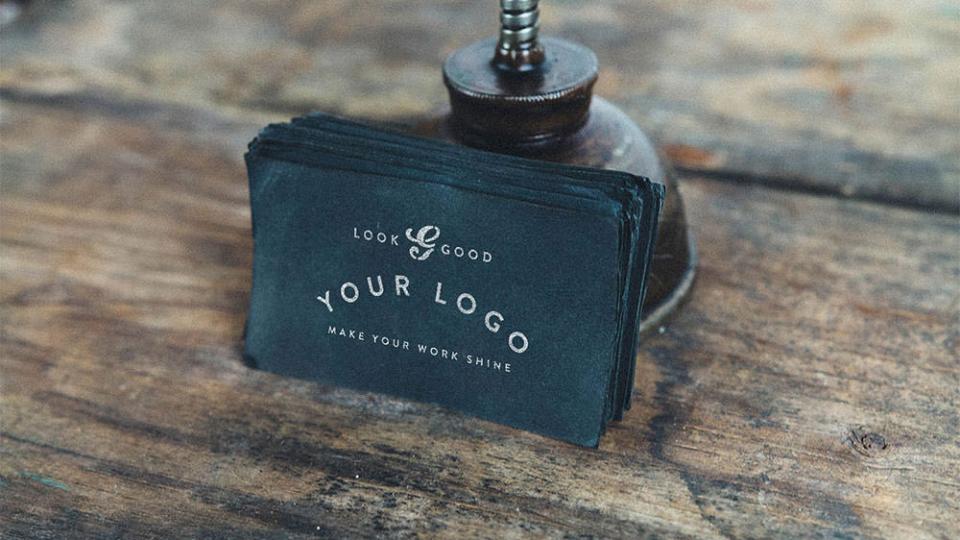Digital marketing is one of those businesses where you need to really understand who your targeted audience really is or all your hard work is for naught. Not everyone is good at this. Too many companies spend a crazy amount of time producing blogs, creating lead magnets, and connecting on social media, all with the wrong people in mind.
There’s no question that a strong inbound marketing strategy will work to drive new leads to your site and convert them into promoters, but if your focus is misplaced, then your online efforts are destined to fail.
Everything a business does online needs to be personalized.
The Difference Between Buyer Persona & End User
Did you even know that there was a difference? (There is, really.)
Sometimes a business’ buyer persona is the person who will benefit from the product or service a company provides—other times this isn’t the case. For example, right now Toys “R” Us is having a hard time competing with the low prices and easy shopping experiences offered by Walmart, Target, and Amazon. So what have they done? They’ve decided to appeal to their end user—the kids—by creating interactive experiences in their stores where the little ones can do more than just drool at all of the splendid toys on the shelves.
Whether this new strategy will work or not has yet to be seen, but we’d say that the odds are in their favor. Lower prices and convenient shopping certainly appeal to busy, cost-conscious moms and dads, but while they are usually the ones with the purchase power, they are heavily influenced by the Toys “R” Us end user, and knowing this, the company has developed a new strategy that’s likely to get them back in the game.
In those situations when the buyer persona and the end user aren’t one in the same, brands need to find ways to appeal to them both, and get their message out there through exceptional customer experience. Without this step, it’s impossible to tailor your customer’s experience specifically to them.
How Can I Create A Stellar Customer Experience Through Digital Marketing?
We won’t lie to you; there are going to be challenges. One of the biggest obstacles of an ecommerce store or a business that runs primarily online is managing a customer’s experience when you can’t actually see your customer. One of the biggest tools you have in your arsenal is social media.
The big four—Facebook, Twitter, Google +, and LinkedIn—should be a primary focus for your company, but that’s not to say that you shouldn’t utilize other platforms like Instagram and Pinterest if what you have to offer is very visual. Simply put, go where your buyer personas are.
Because you don’t have a physical touch point with your buyers as you would if they were shopping in a brick and mortar store, make sure you are connecting with them via social. Reach out to individuals and start conversations. Ask them questions, talk with your friends and followers to see what’s going on in their lives. Personal relationships usually mean customer loyalty. Don’t wait until there is a problem to engage with your customer. Show them that you value them for no other reason than the fact that you care.
While social media is the best avenue to interact with customers directly, inbound marketing gives us lots of other ways to create a personalized customer experience. Through your conversations on social, you can gather what kind of content your buyer personas and end users want and need—then produce that kind of content. Through tracking on your website you can develop email marketing campaigns that actually speak to each visitor directly.
Creating New And Lasting Success
According to Gartner analyst Gene Alvarez, “By 2018, Gartner predicts, B2B companies with effective personalisation on their eCommerce sites will outsell by 30% competitors without the same level of personalisation.” Let’s face the facts: people want all of their experiences to be special, and this definitely includes shopping. With so many, many, many options out there, if a brand doesn’t stand out in a person’s mind, they won’t get sales. Plain and simple. Catering to your buyers and end users specifically with an experience created completely for them will change the game because personalization is a digital marketing strategy that works.
